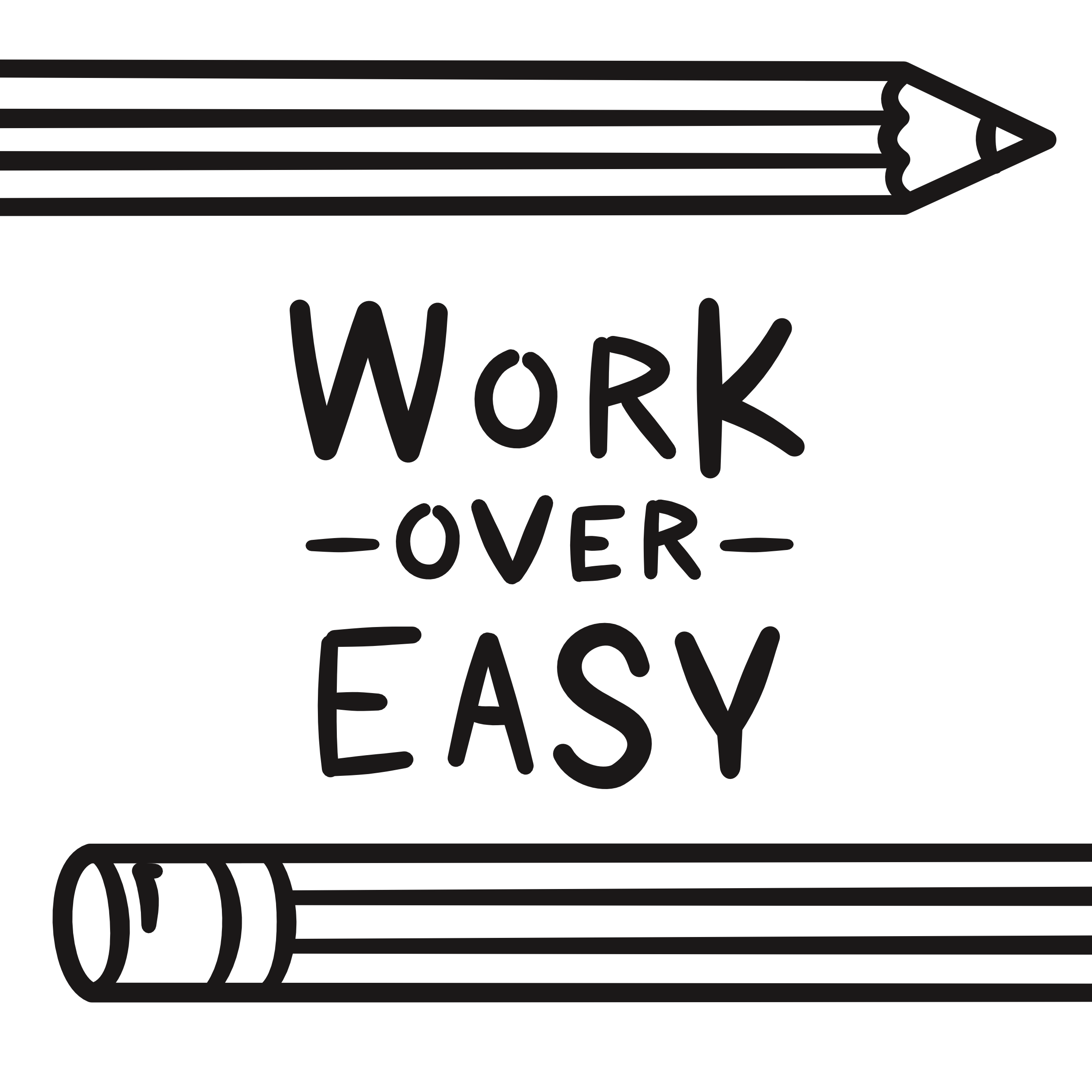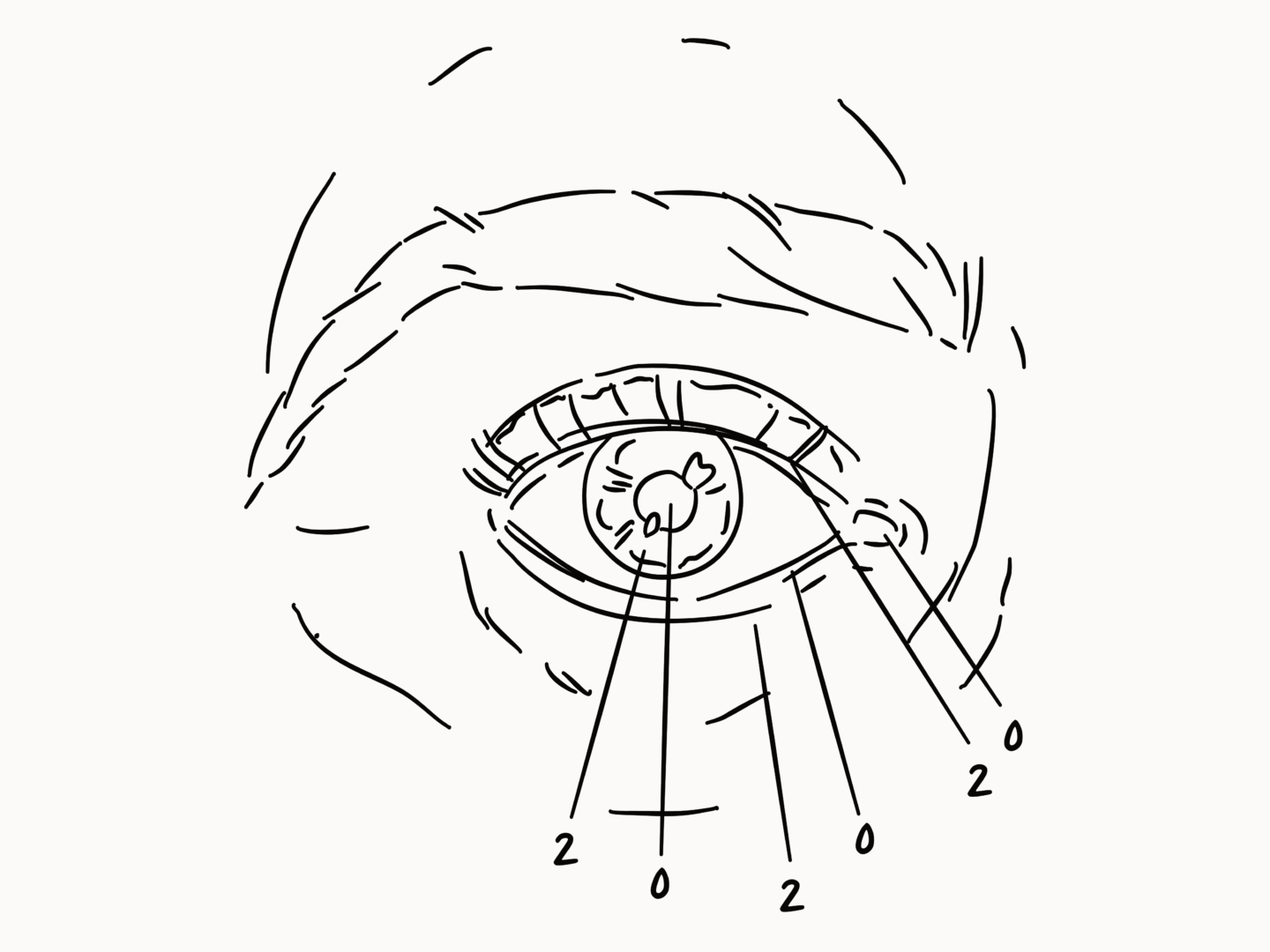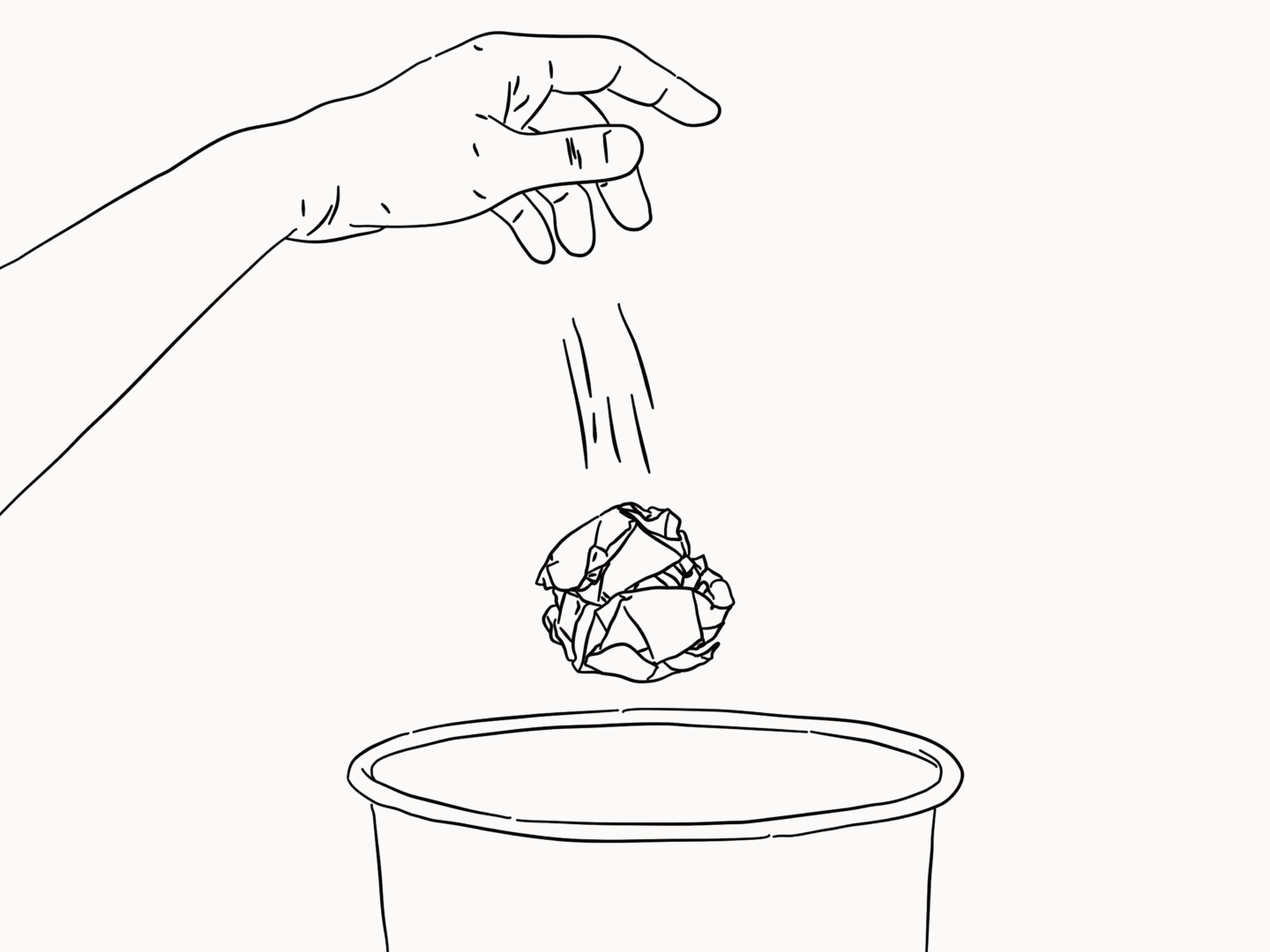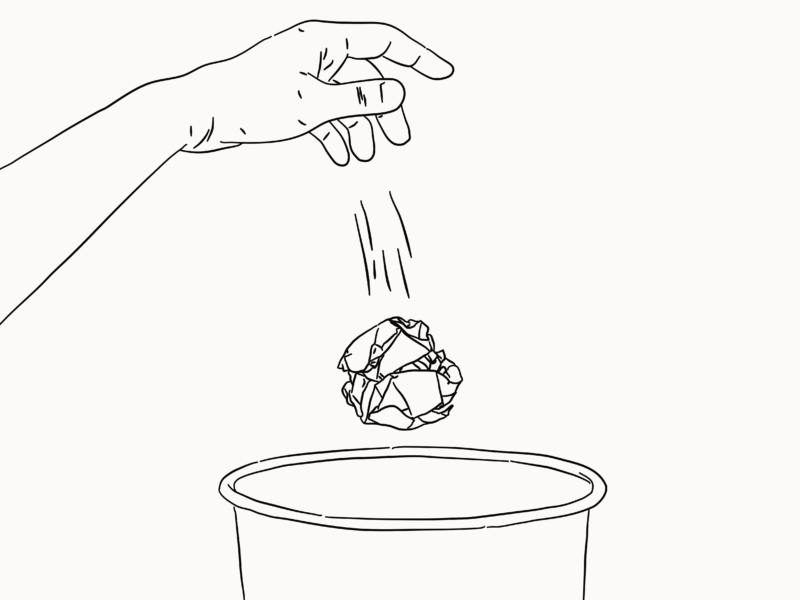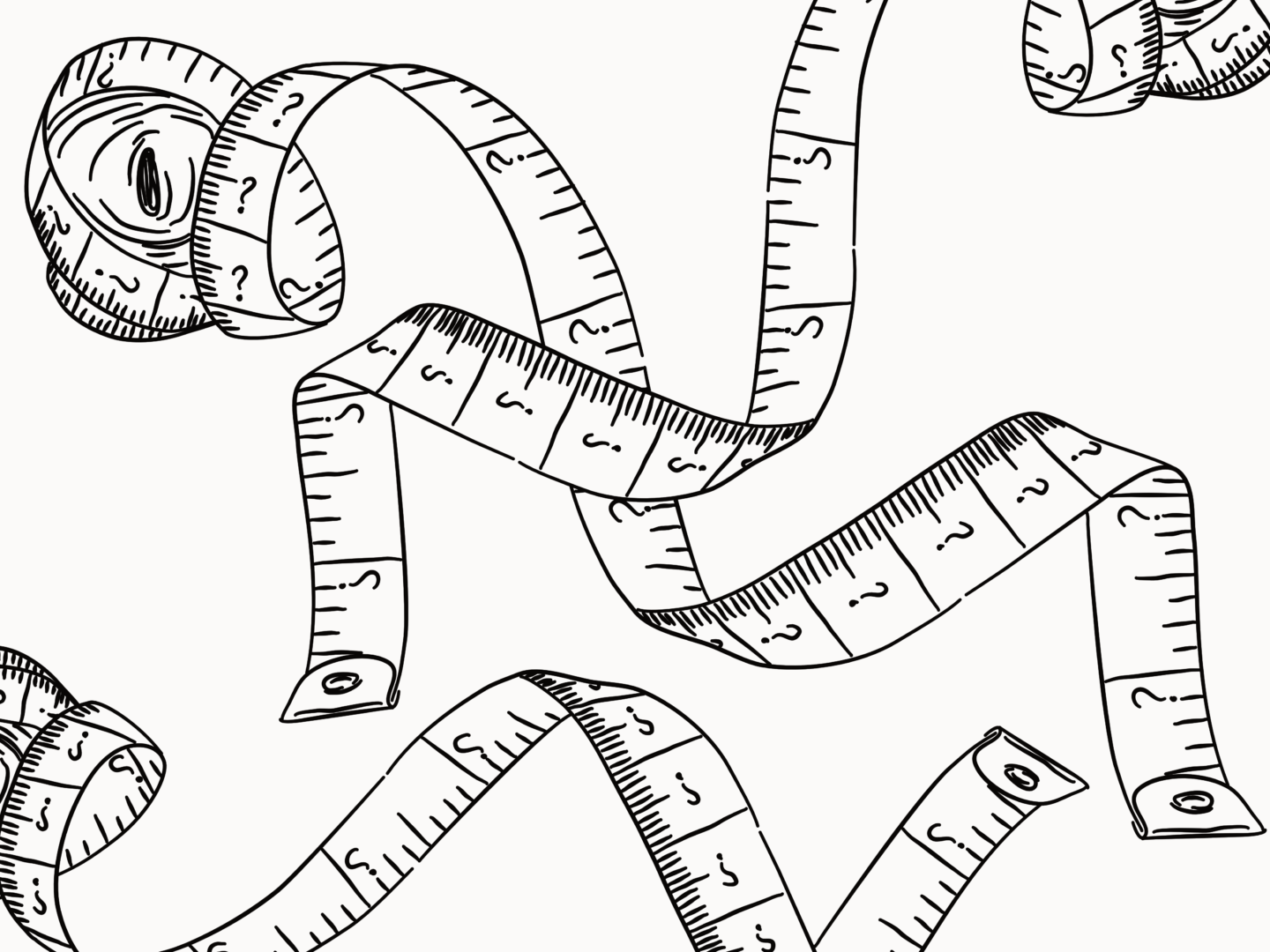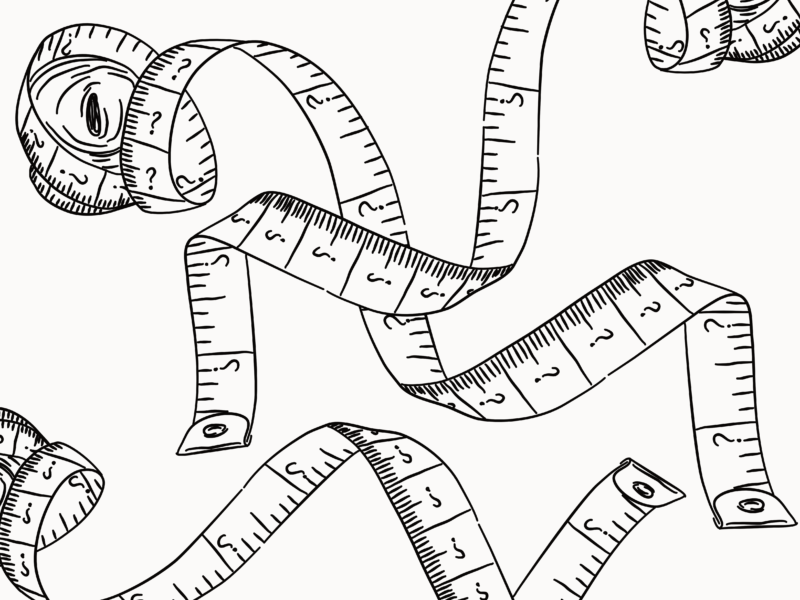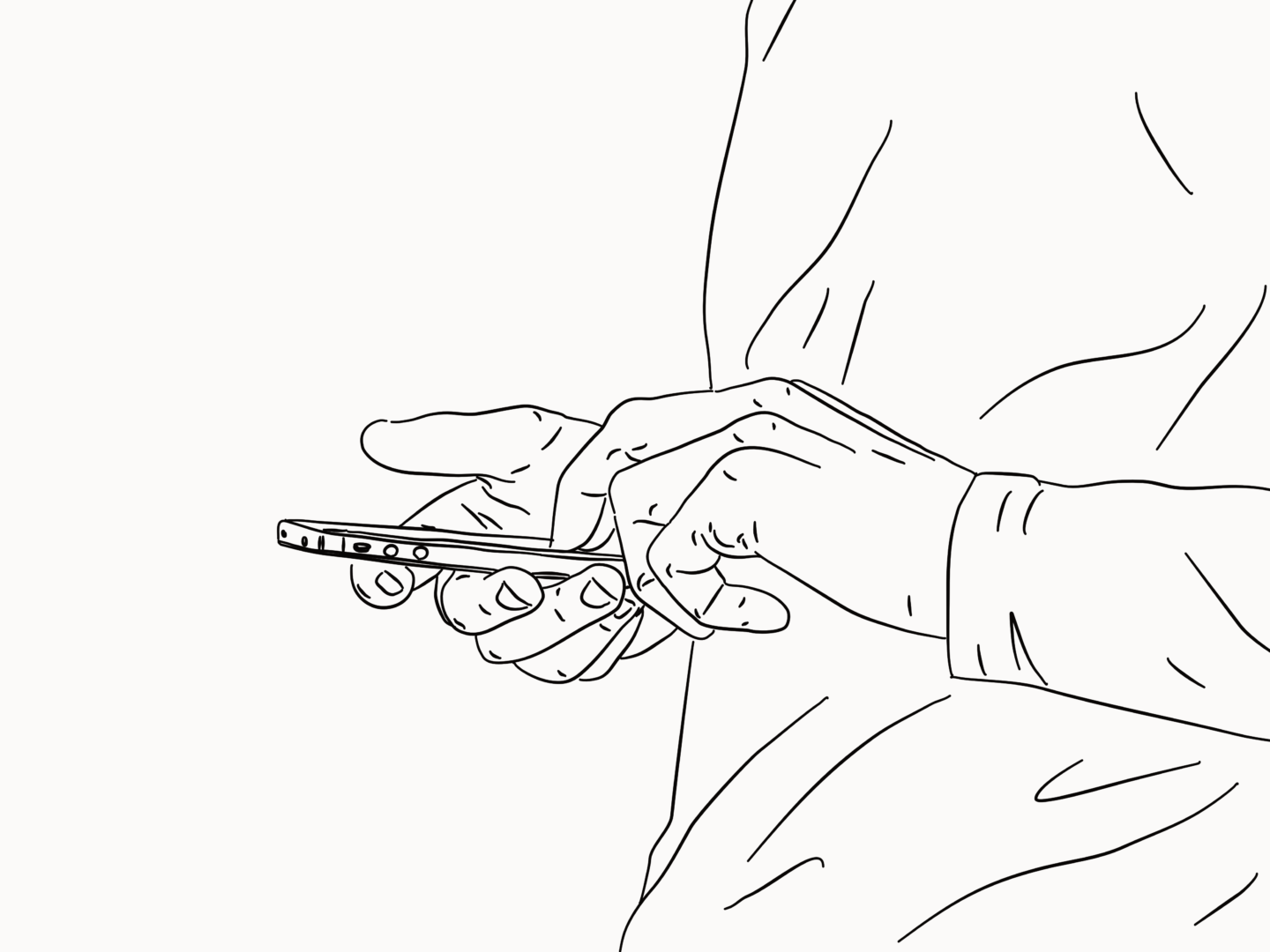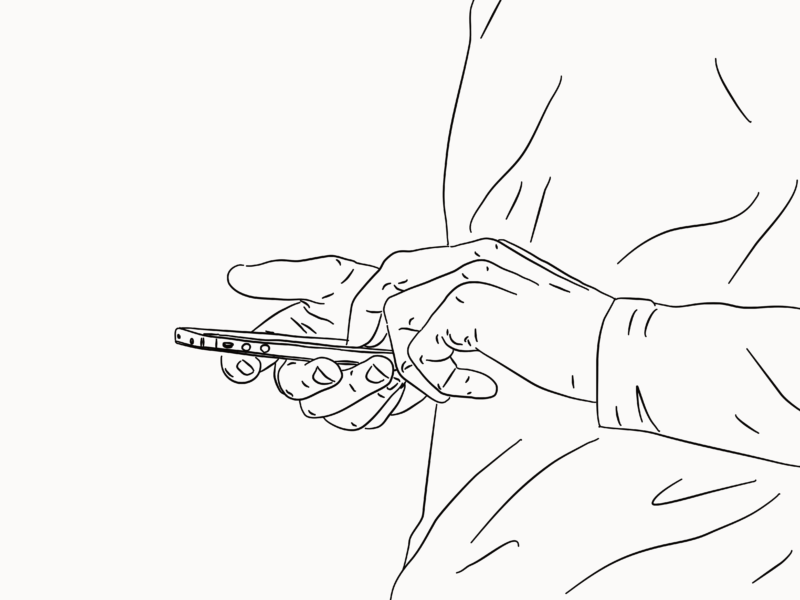It’s that time of the year again, spring has sprung and cleaning is afoot, or in my case about to be afoot. Last year I wrote my ultimate guide to spring cleaning both your physical and digital space. If you’re looking for some top tips or a bit of a checklist, give it a read.
This year, I’m talking all things business spring clean instead. As someone who’s launched a store and started taking her freelancing work more seriously over the last 12 months, I’ve found there’s a fair bit of tidying up I’ve been neglecting. So, I’m making my business a part of my spring refresh, and these are the things I’m planning on doing.
Chase those invoices
Unfortunately, I think everyone who’s worked freelance has struggled with late payments at some point. If you have to keep chasing it can be easy to start to lose momentum or feel like you’re fighting a losing battle. But if you’ve done the work you deserve the compensation. Embrace that spring cleaning energy and go chase the payments you deserve.
File your receipts
I’m not going to lie, I definitely had a bit of a freak out around tax return time this year. That freak out inspired me to be really great with my finances for about a week, and then duly forget about them again. In an attempt not to have a breakdown next January, this spring clean I’m going to sort through and upload all of my invoices*, and hopefully start a habit or at least make sure the first quarter of the year is well documented.
*I’m currently using QuickBooks and I really like it so far. Potential review to come next year once I’ve actually filed a return with their help.
Update your portfolio
It always seems to be the case that it takes more effort to get a piece up and shared in your portfolio than it does to make it in the first place. But it’s so important to show off your best work and what you’re loving making because clients only know about what they can see. So if you’ve got a couple of projects you’ve been hiding under a bushel now is the time to let them shine brightly. Or, if you start uploading and realise your portfolio has become unwieldy or includes pieces you feel are out of date or your style get all Marie Kondo and cut them out.
Refresh your bio
This is something I know I am particularly bad at, because despite writing about my opinions and experiences every week I pretty much hate writing about myself. But your bio is such an important part of your site, it lets people know who you are and sets the scene for your working relationship. It should grow and evolve as you do. So, sit down, make peace with writing about yourself, and show the world who you are now and update that bio.
Spruce up your social media
There is so much social media hygiene to keep up on these days. I only really use three channels, Instagram, Twitter and Pinterest, but even still it’s too much to manage most days. Have a quick review of your channels and work out what things you can do to make your feeds look better or that will make your life easier in the coming months. That might mean putting in some Pinterest cover images, setting up Instagram highlights, investing in a new scheduling tool or even making a content plan. Pick the two or three most impactful things then make them happen.
Make a log of what you’ve got
As well as cleaning up and updating, a spring clean is also a great time to take stock of what you have to offer, whether that’s physical inventory, digital assets or new knowledge. If you don’t know what you have it’s very hard to offer it to someone else. So ask yourself what can you use in your business going forward? Where is it stored? How can you make it more appealing?
Once you’ve done all of that you should have a clean slate to help you review and make a plan for what it is you want to achieve for the rest of the year.
Are you doing a business spring clean, or any other spring cleaning, this year? What’s on your to polish list?

